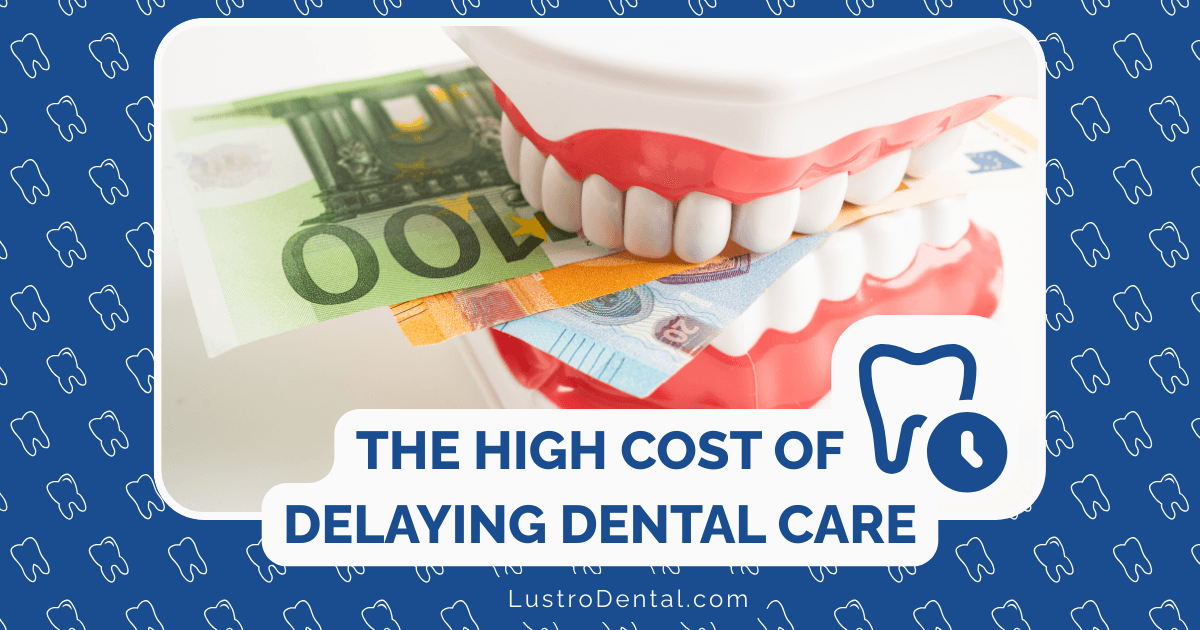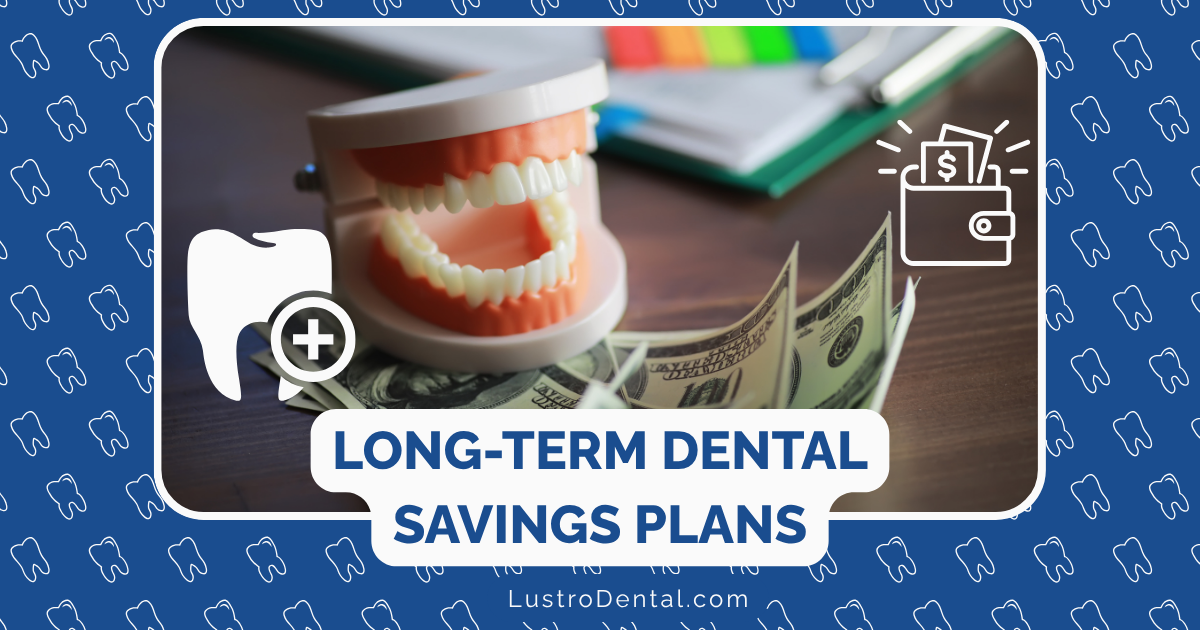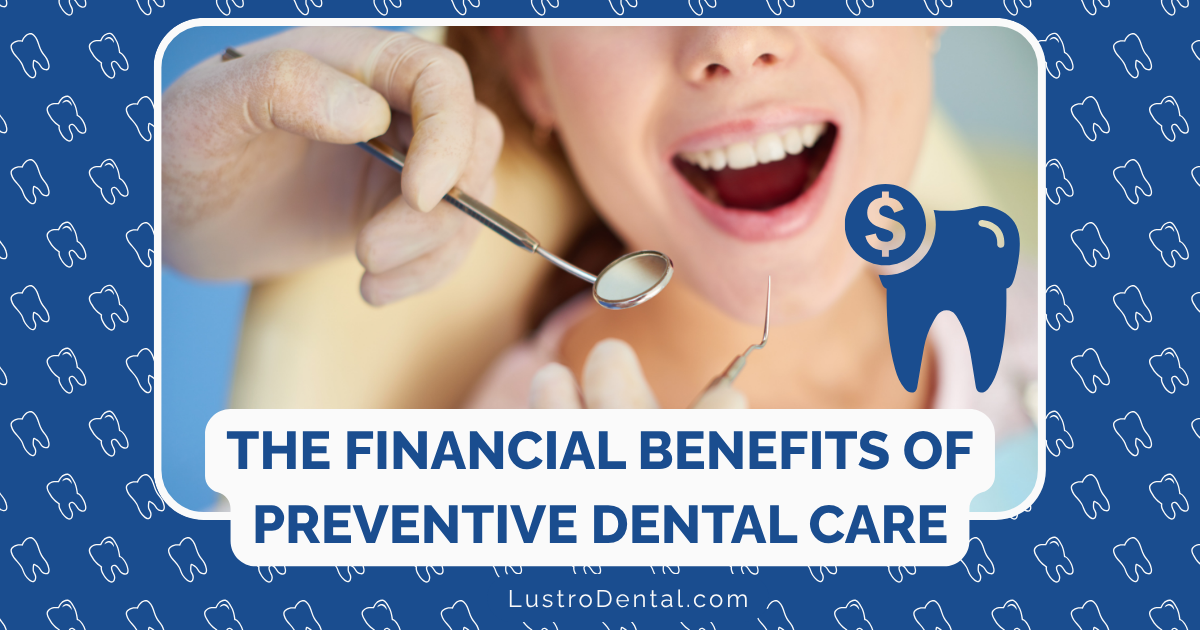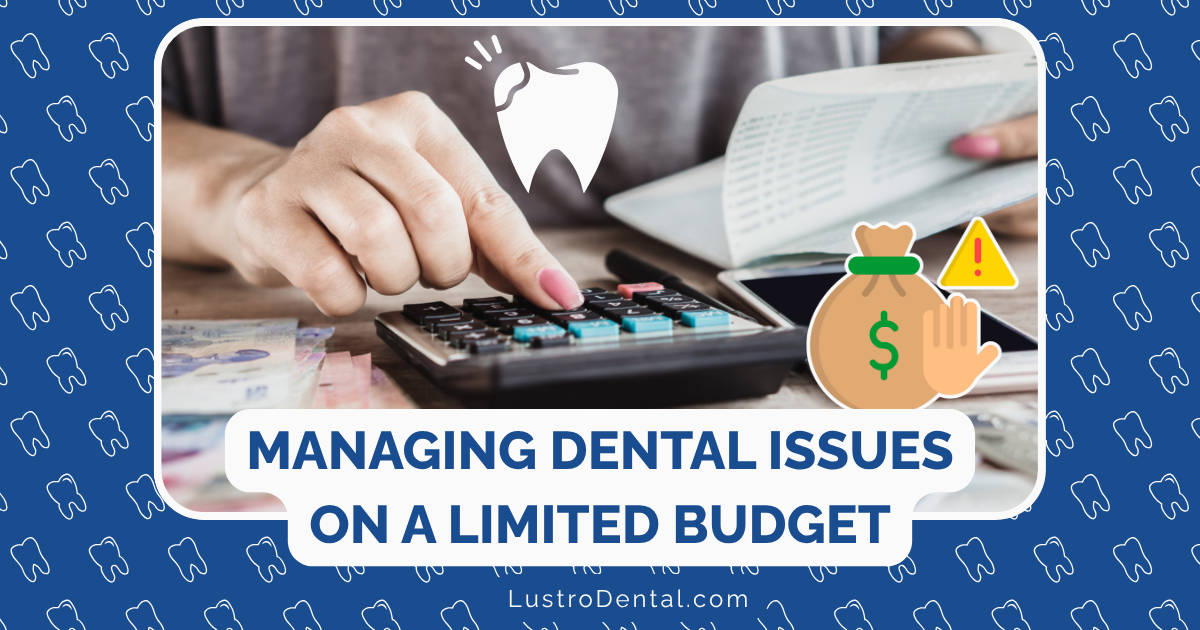Cost Comparison of Dental Treatments: When to Invest and When to Economize
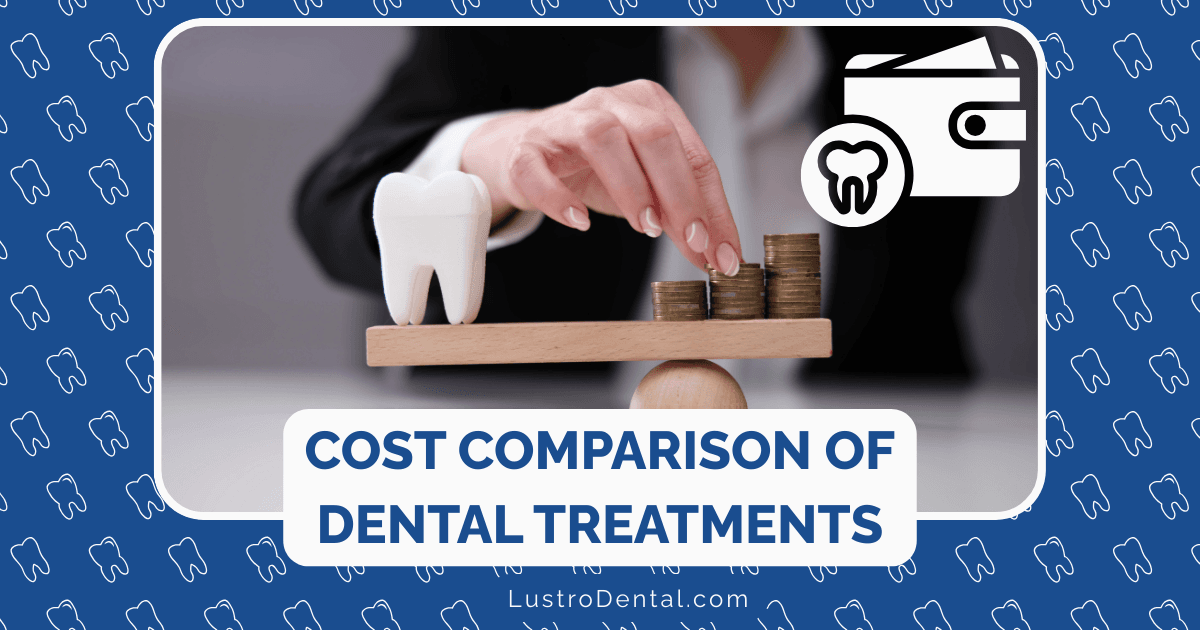
When faced with dental treatment decisions, many patients find themselves at a crossroads: Should they opt for the most affordable option to save money now, or invest in higher-quality treatments that may cost more upfront but offer better long-term value? This question becomes particularly relevant when considering the significant price differences between various dental procedures and materials.
Making informed decisions about dental care requires understanding not just the initial costs, but also the long-term implications of each treatment option. This comprehensive guide will help you navigate these choices by comparing the costs, benefits, and drawbacks of common dental treatments, and providing guidance on when to invest and when it might make sense to economize.
Understanding the True Cost of Dental Care
Before diving into specific treatments, it’s important to understand what factors influence dental treatment costs:
Factors Affecting Dental Treatment Pricing
- Dentist’s Experience and Expertise: Highly skilled dentists with specialized training typically charge more for their services.
- Geographic Location: Dental costs vary significantly based on local economic conditions and cost of living.
- Materials Used: Higher-quality, more durable materials generally cost more than standard options.
- Technology and Equipment: Practices using advanced technology often charge higher fees to offset equipment costs.
- Laboratory Fees: Custom-made restorations require skilled technicians and quality materials, adding to the overall cost.
- Treatment Complexity: More complex procedures require additional time, skill, and resources.
- Overhead Costs: Rent, staff salaries, insurance, and other operational expenses affect pricing.
The Hidden Costs of Economizing
When evaluating dental treatment options, it’s crucial to consider not just the immediate price tag, but also potential long-term costs:
- Replacement Costs: Less expensive options often need to be replaced more frequently.
- Complication Expenses: Lower-quality treatments may lead to complications requiring additional procedures.
- Time Investment: Multiple appointments for repairs or replacements mean more time away from work or family.
- Health Implications: Some economical options may not provide the same health benefits as higher-quality alternatives.
Fillings: Amalgam vs. Composite
Dental fillings are among the most common dental procedures, and patients often face a choice between traditional amalgam (silver) fillings and tooth-colored composite resin fillings.
Cost Comparison:
| Type | Average Cost Range | Typical Lifespan |
| Amalgam (Silver) | $100-$300 | 10-15 years |
| Composite (Tooth-colored) | $150-$500 | 5-10 years |
When to Invest in Composite Fillings
- Visible teeth: Front teeth or other visible areas where aesthetics matter
- Moderate-sized cavities: Composite bonds to the tooth structure, potentially strengthening it
- Mercury concerns: For patients concerned about amalgam’s mercury content
- Conservative preparations: Composite requires less tooth structure removal
When Amalgam Might Make Sense
- Back molars: Areas with heavy chewing forces where durability is paramount
- Large cavities: Amalgam can be more durable for extensive restorations
- Budget constraints: When cost is the primary concern
- Difficulty in isolation: Areas where keeping the tooth dry during placement is challenging
Expert Insight: Research published in the Journal of Dental Research found that amalgam fillings are approximately 3.7 times more cost-effective than composite restorations for certain applications when considering longevity and replacement needs. However, this gap has narrowed with improvements in composite materials.
Crowns: Material Options and Cost-Benefit Analysis
Dental crowns are custom-fitted caps that cover damaged or weakened teeth. The material choice significantly affects both cost and performance.
Cost and Lifespan Comparison
| Crown Type | Average Cost Range | Typical Lifespan | Aesthetic Quality |
| All-Metal (Gold) | $600-$2,500 | 15-30+ years | Low |
| Porcelain-Fused-to-Metal (PFM) | $500-$1,500 | 10-15 years | Moderate to High |
| All-Porcelain/Ceramic | $800-$3,000 | 10-15 years | Excellent |
| Zirconia | $800-$3,000 | 15-20+ years | Very Good |
| Indirect Resin | $400-$600 | 5-7 years | Good |
When to Invest in Higher-End Crowns
- Front teeth: All-porcelain or zirconia crowns provide the most natural appearance
- Long-term solution: Gold or zirconia for maximum durability
- Metal allergies: Zirconia or all-porcelain for biocompatibility
- Bruxism (teeth grinding): Zirconia or gold to withstand grinding forces
When More Economical Crown Options Make Sense
- Temporary solution: Indirect resin crowns for short-term use
- Back molars (not visible): Metal crowns offer excellent durability at a lower cost
- Budget constraints with aesthetic needs: PFM crowns balance appearance and cost
- Children or elderly patients: When the expected lifespan of the restoration is limited
Expert Insight: According to a study published in the International Journal of Prosthodontics, gold crowns demonstrated the lowest failure rate over a 25-year period, followed by PFM and all-ceramic crowns. This suggests that despite the higher initial cost, gold crowns may offer the best long-term value for posterior teeth.
Tooth Replacement: Implants vs. Bridges vs. Dentures
When it comes to replacing missing teeth, patients have several options, each with different cost implications and benefits.
Cost and Value Comparison
| Replacement Option | Average Cost Range | Typical Lifespan | Functionality |
| Dental Implant (single tooth) | $3,000-$6,000 | 15-25+ years | Excellent |
| Traditional Bridge | $2,000-$5,000 (3-unit) | 5-15 years | Very Good |
| Partial Denture | $300-$5,000 | 5-10 years | Moderate |
| Complete Denture | $1,000-$8,000 (per arch) | 5-10 years | Fair to Moderate |
| Implant-Supported Denture | $5,000-$30,000 (per arch) | 10-20+ years | Very Good |
When to Invest in Dental Implants
- Long-term solution: Patients seeking a permanent replacement
- Bone preservation: To prevent jawbone deterioration
- Adjacent healthy teeth: To avoid grinding down healthy teeth for a bridge
- Improved quality of life: For better chewing efficiency and speech
- Younger patients: Who will benefit from the longer lifespan of implants
When Alternative Tooth Replacement Options Make Sense
- Significant bone loss: When implants would require extensive bone grafting
- Medical contraindications: Conditions that make implant surgery risky
- Budget constraints: When the cost of implants is prohibitive
- Immediate need: When a faster solution is required
- Elderly patients: Who may not benefit from the long-term advantages of implants
- Multiple missing teeth: Where a partial denture might be more cost-effective than several implants
Expert Insight: Research from the Pittsburgh Implant Clinic indicates that while dental implants have a higher initial cost, they often prove more economical over a lifetime. Their analysis showed that traditional dentures, despite lower upfront costs, often exceed the cost of implants after 10-15 years due to ongoing expenses for adjustments, replacements, adhesives, and cleaning solutions.
Orthodontic Treatment: Traditional Braces vs. Clear Aligners
Orthodontic options have expanded significantly, giving patients more choices for straightening their teeth.
Cost Comparison:
| Treatment Type | Average Cost Range | Treatment Duration | Aesthetic Consideration |
| Traditional Metal Braces | $3,000-$7,000 | 18-36 months | Highly visible |
| Ceramic Braces | $4,000-$8,000 | 18-36 months | Less visible than metal |
| Lingual Braces | $8,000-$10,000 | 18-36 months | Hidden behind teeth |
| Clear Aligners (e.g., Invisalign) | $4,000-$8,000 | 12-18 months | Nearly invisible |
| At-Home Aligners | $1,200-$2,500 | 4-12 months | Nearly invisible |
When to Invest in Higher-End Orthodontic Options
- Complex cases: Severe misalignment often requires traditional braces or comprehensive treatment
- Compliance concerns: Fixed appliances (braces) for patients who might not consistently wear removable aligners
- Professional oversight: Regular in-person adjustments for optimal results
- Adult professionals: Lingual braces or clear aligners for minimal visibility
When More Economical Orthodontic Options Make Sense
- Minor corrections: At-home aligners for simple alignment issues
- Teenagers: Traditional metal braces often work well and cost less
- Budget constraints: Traditional braces typically cost less than clear aligner therapy
- Retreatment cases: For minor corrections after previous orthodontic treatment
Expert Insight: The American Association of Orthodontists notes that while clear aligners offer aesthetic advantages and potentially shorter treatment times for certain cases, they may not be suitable for complex orthodontic issues. The most cost-effective approach is often to choose the treatment modality best suited to the specific clinical situation, rather than basing the decision solely on price or aesthetics.
Preventive Care: The Ultimate Cost-Saving Strategy
Perhaps the most important insight about dental economics is that preventive care represents the best value in dentistry.
Cost Comparison of Prevention vs. Treatment
| Preventive Measure | Average Cost | Treatment Avoided | Potential Savings |
| Dental Cleaning (2x yearly) | $150-$300/year | Fillings, root canals, extractions | $500-$3,000+ |
| Dental Sealants | $30-$60 per tooth | Fillings | $150-$500 per tooth |
| Custom Nightguard | $300-$500 | Cracked teeth, worn enamel | $1,000-$5,000+ |
| Fluoride Treatment | $20-$50 | Cavities, sensitivity | $150-$500 per cavity |
The Economics of Prevention
Regular preventive care typically costs $300-$500 annually but can save thousands in restorative treatments. According to the American Dental Association, every dollar spent on preventive dental care saves between $8 and $50 in restorative and emergency treatments.
Making Smart Dental Decisions: A Framework
When deciding between dental treatment options, consider this decision-making framework:
1. Evaluate Long-Term Value, Not Just Initial Cost
Calculate the “cost per year” by dividing the treatment cost by its expected lifespan:
Example:
- Gold crown: $1,500 with 20-year lifespan = $75 per year
- Composite crown: $900 with 7-year lifespan = $129 per year
Despite the higher upfront cost, the gold crown offers better long-term value.
2. Consider Your Personal Timeline
Your age and health status should influence your decision:
- Younger patients generally benefit more from investing in durable, long-lasting treatments
- Older patients might reasonably choose more economical options with shorter lifespans
- Patients with excellent oral health may see better longevity from all treatment types
- Patients with ongoing dental issues might need more frequent replacements regardless of quality
3. Weigh Functional vs. Aesthetic Priorities
Be clear about your priorities:
- High-visibility areas (front teeth) often justify investing in aesthetic options
- Functional areas (back molars) might reasonably prioritize durability over appearance
- Public-facing professions might place higher value on aesthetic considerations
4. Assess Your Financial Resources
Make financially sustainable choices:
- Insurance coverage may influence which options are most affordable
- Financing options can make higher-quality treatments more accessible
- Health Savings Accounts (HSAs) and Flexible Spending Accounts (FSAs) can provide tax advantages for dental expenses
- Dental school clinics often provide high-quality care at reduced rates
Specific Recommendations: When to Invest vs. When to Economize
When to Invest (Worth the Higher Cost)
- Root Canal Treatment and Crown: Investing in quality endodontic treatment and a durable crown can save the tooth and prevent extraction and more costly replacement options.
- Dental Implants: For single missing teeth, implants provide the best long-term value and preserve bone and adjacent teeth.
- Preventive Care: Regular cleanings, exams, and early intervention for small problems prevent more expensive treatments later.
- Nightguards for Bruxism: Custom-fitted nightguards protect against tooth damage from grinding, preventing fractures and wear that would require expensive restorations.
- Front Tooth Restorations: Visible teeth justify investing in higher-quality, more aesthetic materials like all-ceramic crowns or composite fillings.
When It’s Reasonable to Economize
- Primary (Baby) Teeth: Less expensive treatment options may be appropriate for teeth that will eventually fall out.
- Back Molar Fillings: Amalgam fillings can be a durable, cost-effective choice for non-visible areas.
- Temporary or Transitional Solutions: When saving for a more ideal treatment, economical options can serve as stepping stones.
- Multiple Missing Teeth: Partial dentures may be more economical than several implants, especially when budget is a significant constraint.
- Limited Prognosis Teeth: Teeth with questionable long-term outlook may not justify the highest-cost treatments.
Conclusion: Balancing Cost and Quality in Dental Care
Dental treatment decisions should balance immediate financial concerns with long-term health and economic considerations. While it’s tempting to choose the least expensive option, this approach can sometimes lead to higher costs over time due to replacements, complications, and additional treatments.
The wisest approach is to:
- Prioritize prevention to minimize the need for extensive treatments
- Invest strategically in treatments with the best long-term value for your specific situation
- Consider both initial costs and lifetime expenses when comparing options
- Discuss all alternatives with your dentist, including the pros, cons, and expected longevity of each option
- Explore payment plans and financing that make quality care more accessible
Remember that dental health is an investment in your overall well-being. The goal should be to make informed decisions that provide the best value—not necessarily the lowest price—for your unique circumstances and needs.
Have you made dental treatment decisions based on cost considerations? What factors influenced your choice between investing in higher-quality options or choosing more economical alternatives? Share your experiences in the comments below.


